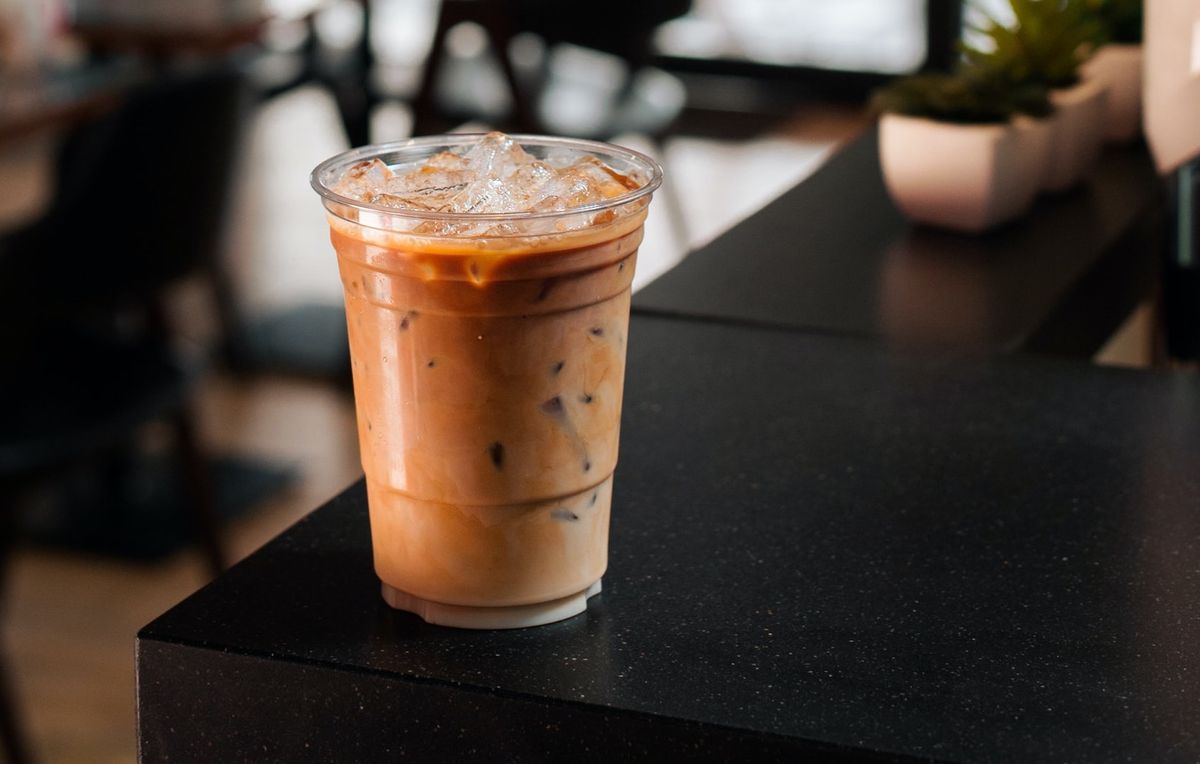

Pour yourself a cool one and pull up a chair, because we're diving into the lush and liquid world of chilled coffee vibes to clear up some confusion between cold brew and iced coffee; this topic is multivariable, much more than just a bunch of beans splashed with some H2O.
You think cold brew and iced coffee are just fraternal twins in the grand caffeinated family? Think again, friend. These two cold cats are strutting down their own flavor runways. Cold brew is sliding in with its smooth moves, while iced coffee's busting out those bright, lively grooves.
Now, don't get it twisted; this isn't a battle royale for the coffee crown. It's a dance battle of personal taste, a funky exploration of what makes your taste buds groove. This shiz is a tango between yesterday's traditions and today's chilled perfection.
The doors of understanding are wide open, and all you need to do is step in. Grab your shades and your favorite crafted-by-an-artisinal-potter ceramic mug o' dopeness; we're about to get refreshingly on the cold coffee tip. 🌊☕
Taste and Tradition

Cold coffee, my friend, that chilled potion of history, flavor, and straight-up life fuel – it's like a brisk hug in a mug. Now, let's talk cold, cool, chillin' like a villain brews: cold brew and iced coffee, those icy cousins of the traditional hot cuppa Joe.
Seem the same to you? Hold up, because they're as different as surfboards and snowboards. Sure, both will get you riding waves of flavor, but oh baby, those waves? Totally different vibes. Dive in, and you'll find a whole galaxy of subtle differences spinning between them. It's like unlocking a secret level in your favorite game. Ready to play? 🌊☕🎮
Cold Brew Coffee: A Patient Art
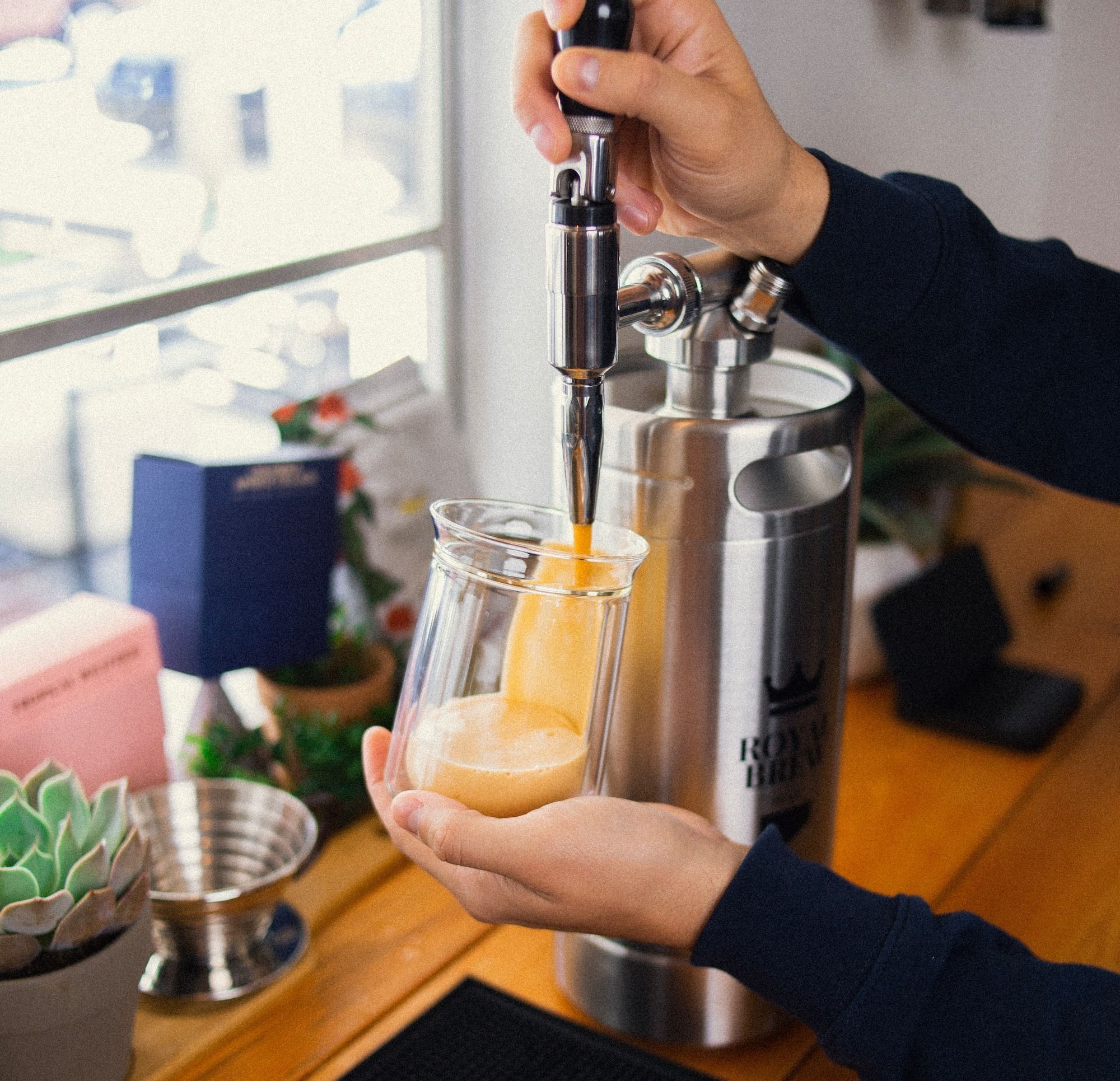
Cold brew coffee involves steeping coarsely ground beans in cold or room temperature water for an extended period, typically 12 to 24 hours. This long extraction time offers a distinct taste and aroma profile. Here's how:
- Flavor: Cold brew's slow steeping process extracts the sweeter and fruitier notes of the coffee, leaving behind many of the bitter and acidic elements. The result is a smooth and full-bodied flavor, often preferred by those looking for a more potent option.
- Caffeine Content: Cold brew generally contains more caffeine than traditional hot brew methods, thanks to the prolonged contact with the coffee grounds.
- Customization: Cold brew's concentration allows it to be cut with milk or water, enabling the drinker to tailor the beverage to taste preferences.
- Nitro Style: Nitro cold brew? Imagine your smooth and satisfying cold brew, but now it's been jazzed up by a nitro infusion. Think carbonation, but make it coffee. This velvety rocket fuel is infused with nitrogen bubbles, and it cascades into your cup like a waterfall of flavor. Often served cold, but sans ice.
Iced Coffee: A Classic Reimagined
Iced coffee is simply regular coffee that is brewed hot and then quickly cooled down over ice. It holds its own charm in several ways:
- Flavor: Unlike cold brew, iced coffee maintains the bright and robust flavors that are associated with hot brewing methods. This can lead to a more varied flavor profile, embracing the coffee's natural acidity.
- Preparation Time: Iced coffee can be made in a matter of minutes, making it a quicker alternative for at home consumption.
- Versatility: Different types of coffee, including espresso, can be used to make iced coffee, making for a broader range of flavors.
The Rise of Cold Brew: Evolution or Revolution?
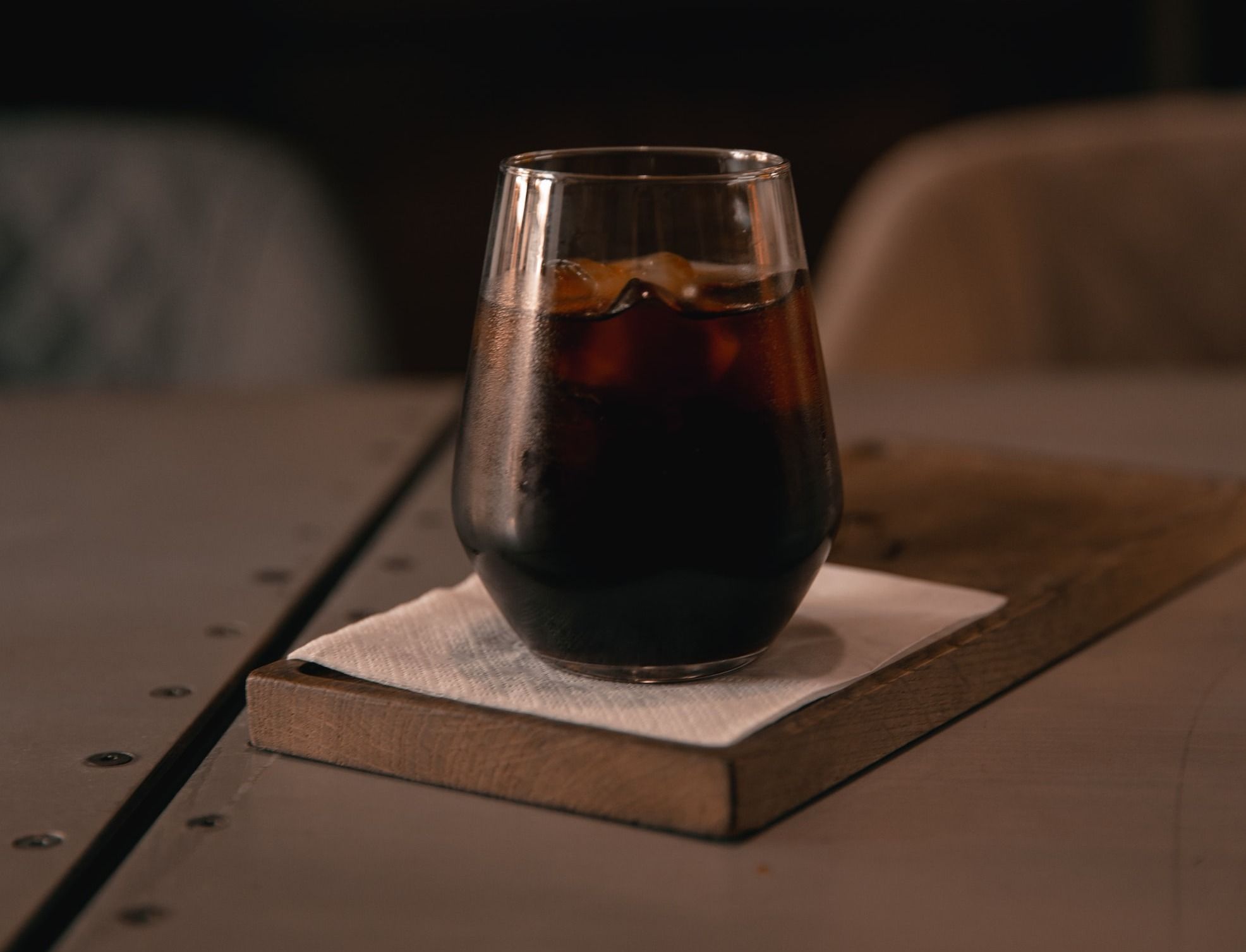
Cold brew's popularity has surged in recent years, but it is by no means a new invention. Its origins trace back to 17th-century Japan, where it was known as "Kyoto-style coffee." The method later spread to Latin America and eventually made its way to specialty coffee shops worldwide.
The preference for cold brew's smooth and less acidic flavor profile has led some to view it as a superior version of iced coffee. This perception has been fueled by marketing strategies and a general trend towards specialized coffee experiences.
A Nod to Tradition: Why Some Prefer Iced Coffee
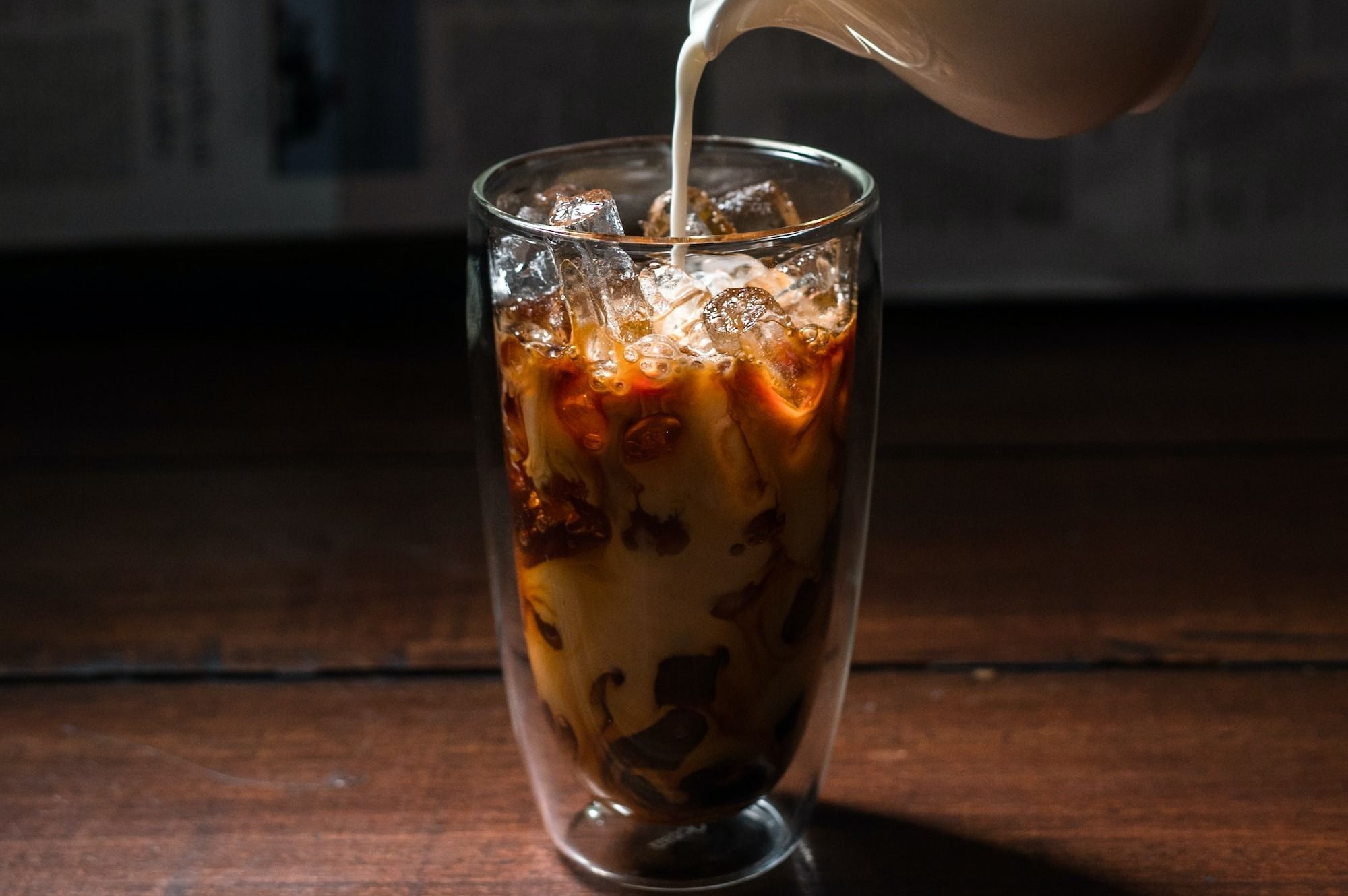
Despite cold brew's rise to fame, many coffee purists hold a special place for iced coffee. The reason? If made correctly, iced coffee offers a complexity and depth of flavor that can be lost in the cold brew process.
Unfortunately, you won't find it made correctly in most places.
The traditional methods of brewing capture the coffee's essence and can be transformed into a refreshing cold beverage without losing its unique characteristics.
Some aficionados argue that the best iced coffee is made using specific methods like the Japanese iced coffee technique, where hot coffee is brewed directly onto ice, locking in the flavors and aromas.
The choice is yours, but (in most cases) the winner is clear.
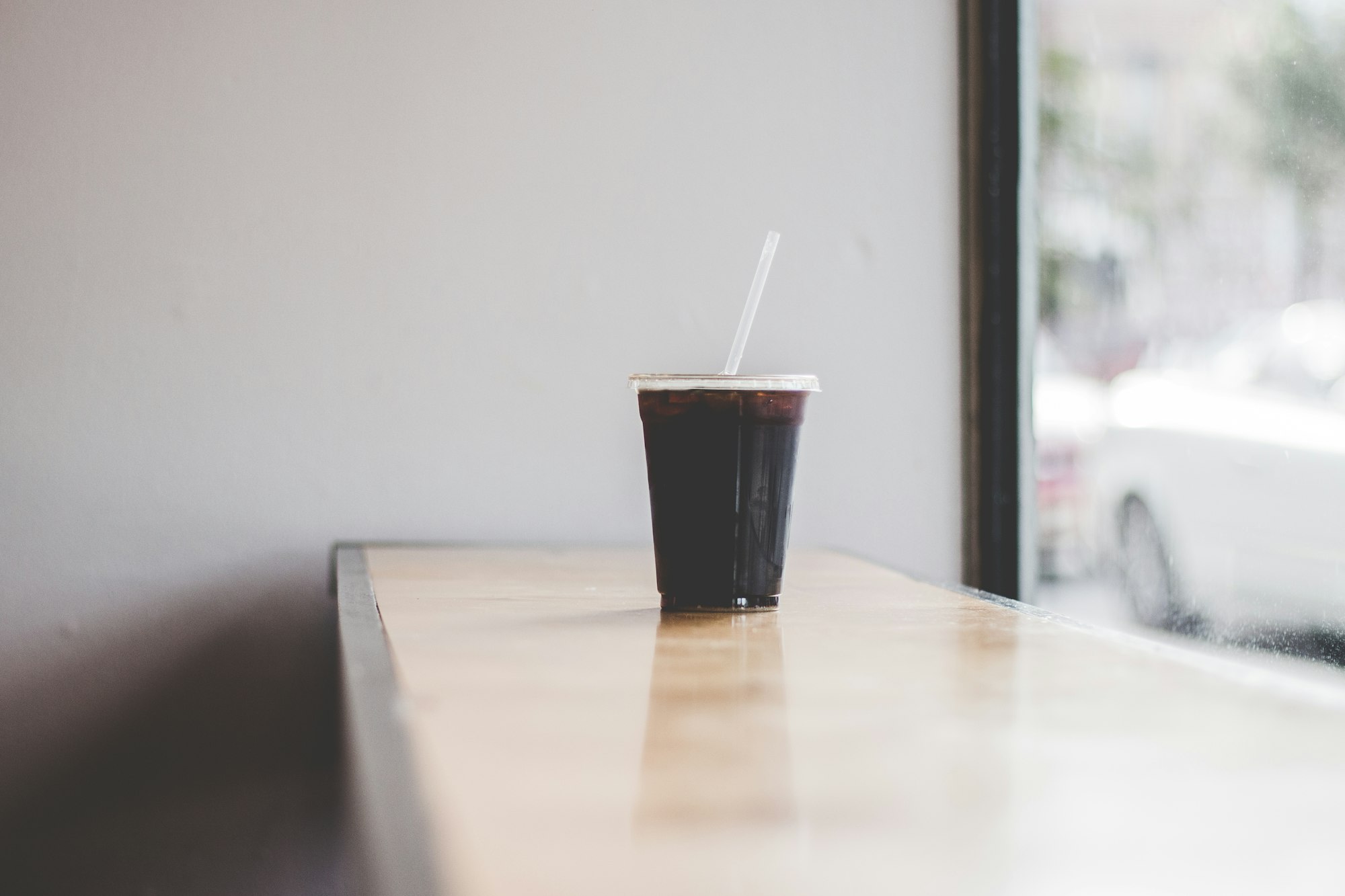
Cold brew coffee and iced coffee may seem like interchangeable terms, but the differences between them are profound. Whether it's the smooth bold allure of cold brew or the bright and lively taste of iced coffee, each has its unique appeal and history.
The choice between cold brew and iced coffee is not necessarily about superiority but rather personal preference. The modern coffee lover has the privilege of exploring these variations, guided by their palate, curiosity, and perhaps a bit of nostalgia for the traditions that continue to shape our coffee culture.
Wondering what the when is you're eyeing that coffee menu? Let's keep it real: If you're at a spot where they're singing praises about their iced coffee like it's the second coming of the Coffee Messiah, take that plunge. But if you're in doubt, and the barista's giving you the “whaaaa” look, stick with the cold brew. It's the current SOLID cat in town when it comes to the cold coffee hustle. 🕺☕🎶😎

